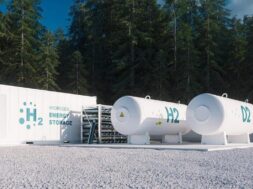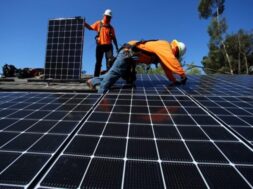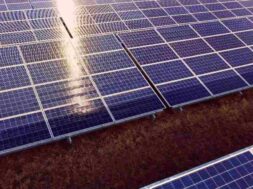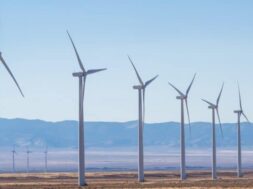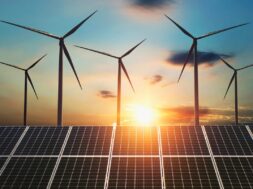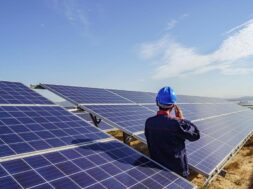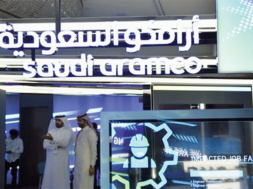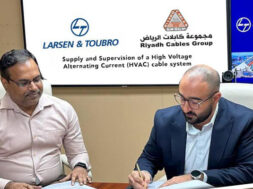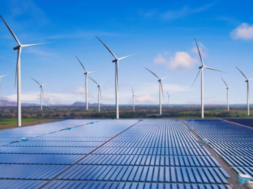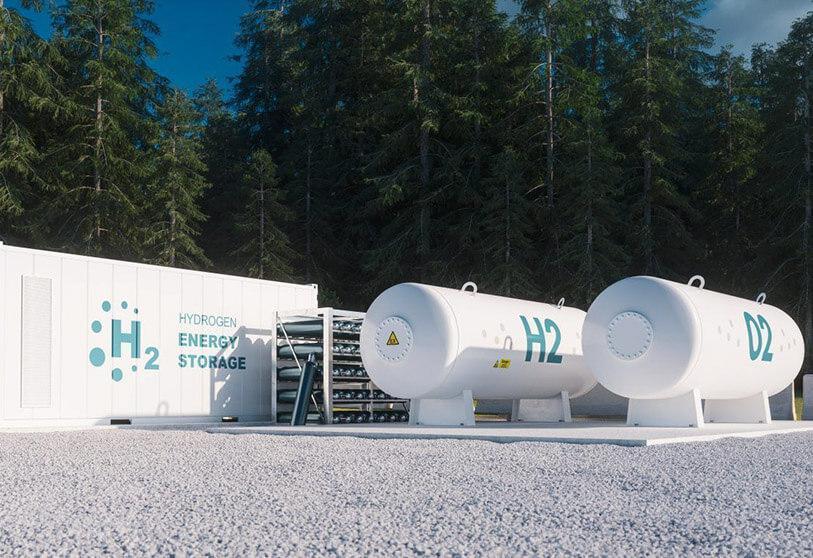
The Alawi kingdom has positioned itself as one of the world leaders in the promotion of green energy, which has boosted agreements with Europe and Israel
Dependence on natural gas and energy vulnerability is a problem that has set off alarm bells in several European and African countries, including Morocco. The high level of energy imports and the closure of the Maghreb Europe gas pipeline in October 2021, which would cut off the gas tap, have boosted the Alawi kingdom’s commitment to renewable energies with a view not only to covering Morocco’s own consumption, but also to becoming a preferential partner for the European continent in the medium and long term.
In addition to the country’s natural and geographical advantages, Morocco has invested 130 million dirhams, the equivalent of 13 billion dollars in green energy. This is one of the largest investments in Morocco’s history.
This proactive policy is already bearing its first fruits. Morocco has positioned itself as one of the world leaders in this sector according to the latest report of the Renewable Energy Country Attractiveness Index (RECAI). A recognition achieved thanks to “its ambitious plans for solar, wind and, more recently, green hydrogen, aiming for a 52% share of green energy by 2030”, as Mounia Boucetta states in her report by the Policy Centre for the New South (PCNS).
In concrete figures, this year Morocco plans to reach the 42% from clean materials planned for 2020, a delay caused by the pandemic, and 64% green production by 2030. This aim was reiterated by the Minister of Energy Transition and Sustainable Development, Leila Benali, during an appearance in the House of Representatives. According to the minister, 61 projects are underway to achieve this goal.
One of the most important is that of the Moroccan Office Jerifien des Phosphates (OCP). The monopoly – which controls 95% of Morocco’s chemical production – will invest 13 billion dollars to increase fertiliser production by using only renewable energy – wind and solar – for industrial machinery, in order to achieve carbon neutrality by 2040. To this end, OCP plans to focus on seawater desalination and produce one million tonnes of green ammonia. And just as carbon emissions are decreasing, turnover is increasing due to the exponential rise in fertiliser prices as a result of the Russian-Ukrainian conflict.
It is precisely this European demand for both fertilisers and green energy that the EU High Representative for the Common Foreign and Security Policy, Josep Borrell, stressed during his visit to Rabat last week. “We consider Morocco to be our most dynamic and closest partner,” Borrell said, referring to the agreement between Rabat and Brussels that aims to boost cooperation in the fight against climate change and investment in renewable energies and the green hydrogen industry.
Said and done. The Belgian group John Cockerill Hydrogen has announced its intention to create a joint project for the manufacture of alkaline electrolysers for the green hydrogen sector with a Moroccan company, as reported by the Le360 portal: “We are honoured to be able to contribute to Morocco’s energy transition,” said Raphael Tilot, CEO of the Belgian company.
Morocco has not only recently reached agreements with the European Union, but also with other countries such as Israel, with whom it has agreed to explore and produce natural gas. All of this is part of a consolidation of investments made, according to Mounia Boucetta, by the Atlas Royal Instructions, building an attractive offer and promoting the development of competitive value chains.
The PCNS also pointed out the business climate in the kingdom, one of the most attractive in the region, and the research and development projects through the Mohammed VI Polytechnic University. A construction that is now receiving a historic figure for investment in renewable energies.
